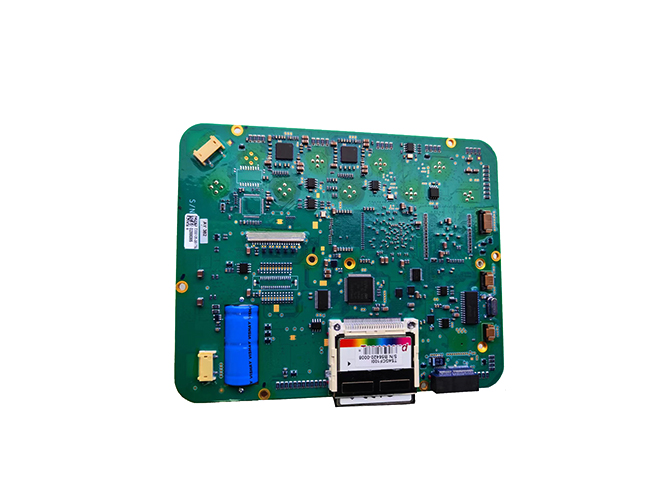-
CN
-
Service Hotline
+8618129931046 Mr. Liao


Time:2025-05-13 Views:1

Rapid Printed Circuit Board Assembly (PCBA) prototyping has become a crucial process in the electronics industry, enabling engineers and designers to quickly turn their concepts into functional prototypes. This process combines the fabrication of the printed circuit board (PCB) with the assembly of electronic components onto the board, providing a fast and efficient way to test and validate new designs.
The first step in rapid PCBA prototyping is PCB fabrication. Advanced manufacturing techniques, such as automated optical inspection (AOI) and computer - controlled drilling and routing machines, are used to produce high - quality PCBs in a short period. The use of high - speed drilling machines allows for the creation of precise holes for through - hole components, while laser - based routing technology enables the production of fine - pitch traces. The fabrication process also includes surface finishing options, such as HASL (Hot - Air Solder Leveling), ENIG (Electroless Nickel Immersion Gold), or OSP (Organic Solderability Preservative), which are selected based on the specific requirements of the prototype.
Once the PCB is fabricated, the next step is component assembly. In rapid PCBA prototyping, automated pick - and - place machines are commonly used to place surface - mount devices (SMDs) onto the PCB. These machines can accurately position components as small as 0201 size (imperial) or 0603 size (metric) with high speed and precision. For through - hole components, wave soldering or manual soldering techniques may be employed. After component placement, the board undergoes a soldering process, typically using reflow soldering for SMDs. Reflow soldering involves heating the board in a controlled environment, causing the solder paste to melt and form a reliable electrical connection between the components and the PCB.
Rapid PCBA prototyping offers several advantages. It significantly reduces the time from design to a working prototype, allowing companies to quickly test their ideas and make necessary improvements. This is especially important in industries where time - to - market is critical, such as consumer electronics and telecommunications. Additionally, rapid prototyping enables engineers to identify and resolve design flaws early in the development cycle, saving costs associated with mass production of faulty products. Many rapid PCBA prototyping services also offer additional testing services, such as in - circuit testing (ICT) and functional testing, to ensure the reliability of the prototype. Overall, rapid PCBA prototyping has revolutionized the electronics development process, providing a fast, efficient, and cost - effective way to bring new products to market.